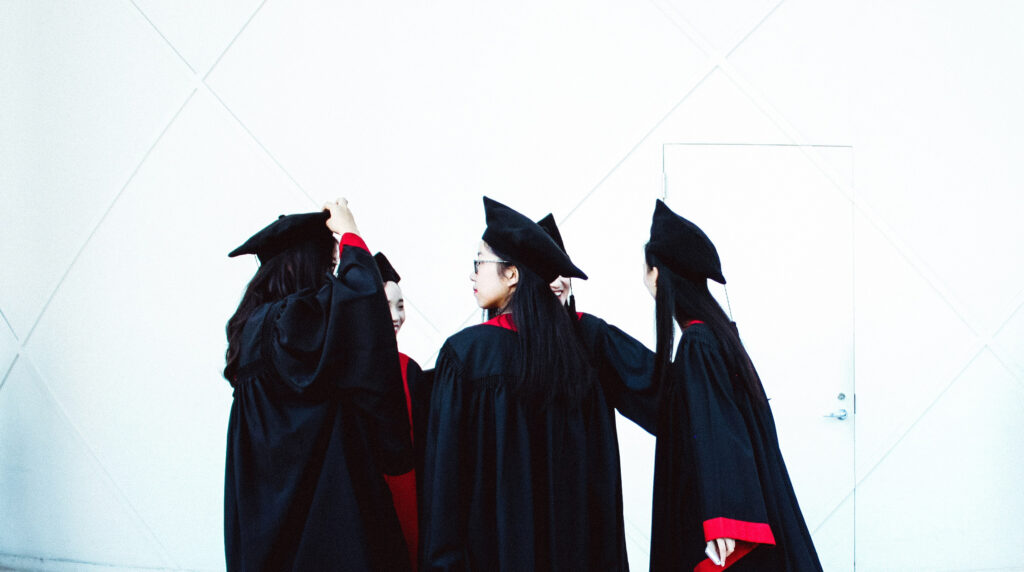If there’s one thing we love to do on this blog, it’s to analyse different educational systems around the world, especially those that enjoy the most success and recognition. In this week’s post, we’re going to take a look at how the education system in Singapore works, and we’ll analyse its main pillars that make this system one of the most well-known around the world.
And don’t miss out on other posts we’ve made on the same theme on our blog: South Korea’s education system, Estonia’s education system, or United States’ education system.
What is the education system like in Singapore and what are its characteristics?
Organization of the education system in Singapore
In Singapore, the education system is organised into three stages: Preschool, Primary, and Secondary. Here are some details of each stage:
- Preschool Stage: This type of education is given between the ages of 4 and 6 and is optional. In this stage, the development of basic social and cognitive skills is sought.
- Primary Stage: Starting at age 6, the primary stage begins, which is compulsory for all children and lasts for 6 years. In this stage, various subjects such as mathematics, language, and social sciences are studied, among others. At the end of the primary stage, students take an exam, the PSLE (Primary School Leaving Examination), which determines the further studies they will pursue.
- Secondary Stage: The secondary stage begins at the age of 12 and is voluntary, so a student can decide to drop out if they wish. Depending on the results of the PSLE, there are several paths to follow in this stage, determining its total duration, which can be between four to six years.
| School year in Singapore | Ages | Equivalent in Spain | Equivalent in France |
| Primary 1 | 6-7 years | 1st of primary | Preparatory |
| Primary 2 | 7-8 years | 2nd of primary | Elementary 1 |
| Primary 3 | 8-9 years | 3rd of primary | Elementary 2 |
| Primary 4 | 9-10 years | 4th of primary | Middle 1 |
| Primary 5 | 10-11 years | 5th of primary | Middle 2 |
| Primary 6 | 11-12 years | 6th of primary | Sixième (Collège) |
| Secondary 1 | 12-13 years | 1st of ESO | Cinquième (Collège) |
| Secondary 2 | 13-14 years | 2nd of ESO | Quatrième (Collège) |
| Secondary 3 | 14-15 years | 3rd of ESO | Troisième (Collège) |
| Secondary 4 | 15-16 years | 4th of ESO | Secondé (Lycée) |
This is how their school year works
In the education system in Singapore, the school year begins in January and ends in November. It is divided into two semesters, with four vacation periods. Semesters usually have about 13 weeks of classes.
As for the school day, students usually start classes around 7:45 in the morning and typically study for about 5 to 6 hours per day, depending on the educational stage.
The 5 pillars of the education system in Singapore
Now that we’ve seen the different characteristics and stages of the Singaporean education system, let’s look at the 5 main pillars on which it is based:
- Importance of bilingualism
In Singapore, learning English is considered very important, which is why English is studied as the first language in school, regardless of the student’s mother tongue. This aims to prepare students for a globalised world with English as the main language, increasing their competitiveness in the job market.
- Training and selection of teachers are essential
In the Singaporean education system, the role of teachers in student development is highly valued, which is why the government invests heavily in their training and selection to achieve national education goals.
Thus, the teaching profession enjoys a lot of prestige, and high standards are expected of teachers. They undergo annual evaluations, and their performance is measured to offer economic bonuses to those who have progressed positively. Those who need it are offered training to continue having the best professionals in the country.
- Education: an essential pillar of society
Since its independence in 1945, education in Singapore has been seen as a fundamental pillar for the optimal development of the country. Therefore, it is an area that receives strong government investments, and constant work is done to improve it.
- Vocational training is very important
Unlike in other countries, vocational training in Singapore is seen as essential for society, as it prepares future professionals in technical sectors that will help develop the country.
It is worth noting that vocational training refers to technical careers or what would be considered engineering in Spain. There, higher education refers to business or law degrees.
- Importance of official exams
At the end of primary and secondary stages, students take exams that determine their future, such as the PSLE, which is the primary stage exam. Therefore, great importance is given to the official exams they take, as their academic and professional future depends on their results.
Students with higher grades will be able to access better schools and universities.
What did you think the education system in Singapore was like?
Before reading the post, you probably imagined the education system in Singapore in a certain way. Now that you’ve read the post, did you imagine it like this? Do you consider it a rigid and strict system? How do you see the role of the teacher there?
Visit our social networks and tell us which other countries’ educational systems you would like to learn about: Facebook, Twitter, Instagram and Youtube.
Additio App, the school management, evaluation, and communication platform that helps you put students at the centre of learning
With Additio App, you can conduct a competency assessment that puts students at the centre of learning, keeping them informed about their progress and helping them identify areas for improvement and strengths.
Over 150 features accompany you to improve your teaching and student learning. You can try the tool for free with the Additio Starter plan, which gives you access to most features, and see if the platform really fits your needs.





